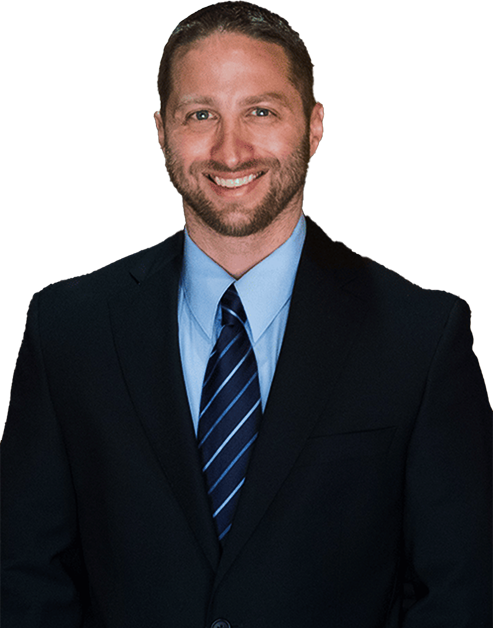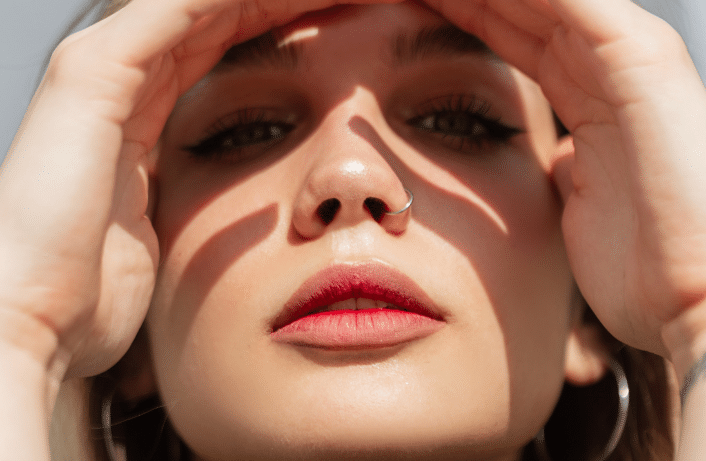Quick Links
What is a Rhinoplasty?
A rhinoplasty is a surgery which enhances the proportions of your nose. It can also correct impaired breathing caused by structural defects in the nose. Most people commonly refer to this surgery as a “nose job.”
Rhinoplasty surgery can help to improve size, width, profile, tip, enlarged nostrils, or nasal asymmetry. The goal is to create facial balance and correct abnormalities. Breathing problems can also be fixed, typically through a septoplasty, which can be performed alone or in conjunction with rhinoplasty surgery. Correction of a deviated septum, one of the most common causes of breathing impairment, is achieved by adjusting the nasal structure to produce better alignment.
Who is a Candidate for a Rhinoplasty?
Most patients who are unhappy with the appearance of their nose or who face breathing issues due to deformities like a deviated septum are good candidates for a rhinoplasty. This procedure should only be performed if the cartilage of the nose is fully developed, which can in some cases be true for teenage patients. Generally, patients who choose rhinoplasty want to change things like a bump on the bridge of the nose, an overall large size, enlarged or flared nostril, asymmetry or a crooked nose, or a drooping nasal tip. These can all typically be adjusted through a rhinoplasty.
Before choosing rhinoplasty, you should be generally healthy overall. Patients with certain medical conditions or who take certain medications may not be good candidates for surgery. During a consultation, Dr. Falcon can review your health history to determine whether surgery is a safe option for you. He will also work to understand your concerns and create a plan for your rhinoplasty for the best cosmetic and functional outcome. During your consultation, Dr. Falcon will also take photos and precise measurements to prepare for your surgery. Our Natrona Heights Office is located 11 miles from Leechburg and 20 miles from Downtown Pittsburgh.
“I had minimal scarring on face after surgery, I was very pleased with my results.”
What is Recovery Like After Rhinoplasty?
After your rhinoplasty, you can go home with a trusted family member or friend to drive you following a short monitoring period in a recovery room. You may have a splint on your nose or nasal packs within the nostrils to stabilize the septum and other tissues as you heal. Swelling, redness, and some bleeding are all normal through the early stages of recovery after a rhinoplasty. Keep your head elevated, including while you sleep. Dr. Falcon will prescribe pain medication so you can remain comfortable through healing.
Most patients can return to work or school about a week after their rhinoplasty, and a majority of swelling or bruising should be resolved within about two weeks. Residual swelling can last for several months after the surgery, so your final results will not be seen for some time. It’s also important to avoid strenuous activity like exercise until Dr. Falcon determines you have healed enough to do so during a post-op appointment.

Dr. Christopher Falcon
Board certified Plastic, Reconstructive Hand surgeon
Dr. Christopher Falcon’s journey to becoming a plastic surgeon began as a child, inspired by accompanying his father on hospital rounds. Following his education, he pursued a five-year general surgery residency at the University of Medicine & Dentistry School of Osteopathic Medicine of New Jersey and a three-year fellowship in plastic, reconstructive, and hand surgery at New York College of Osteopathic Medicine in New York City.
After gaining experience practicing with top cosmetic surgeons in New York City, Dr. Falcon purchased Falcon Plastic Surgery from his father in 2017. Since then, he has maintained a family-owned practice, offering accessible plastic surgery with a “less-is-more” approach, focusing on enhancing natural features in a comfortable and approachable environment.

Is Rhinoplasty Covered by Health Insurance?
In some cases, a functional rhinoplasty will be covered by health insurance. This applies to procedures that are intended to improve your breathing. Cosmetic rhinoplasties, however, are not covered. Contact your health insurance provider to find out more about your coverage or call our office if you have questions.
Rhinoplasty FAQs
Can I sleep on my side after rhinoplasty?
Can rhinoplasty help sinus problems?
How do I prepare for a nose job?
How long are you swollen after rhinoplasty?
How long does a nose job take to perform?
How long is recovery from rhinoplasty?
What are the side effects of rhinoplasty?
What is closed rhinoplasty?
What types of nose jobs are there?
Is a nose job permanent?
Schedule a Consultation
To learn more about rhinoplasty and find out if you are a candidate, contact Falcon Plastic Surgery by calling (724) 226-3900 or reaching out to us online. Falcon Plastic Surgery’s Monroeville Office is conveniently located 17 miles from Downtown Pittsburgh and 10 miles from Irwin.
State-of-the art, on site surgical suite located in Natrona Heights, PA
Our suite is certified with the highest level of accreditation by the American Association for Accreditation of Ambulatory Surgery Facilities, Inc. (AAAASF).
Learn More




